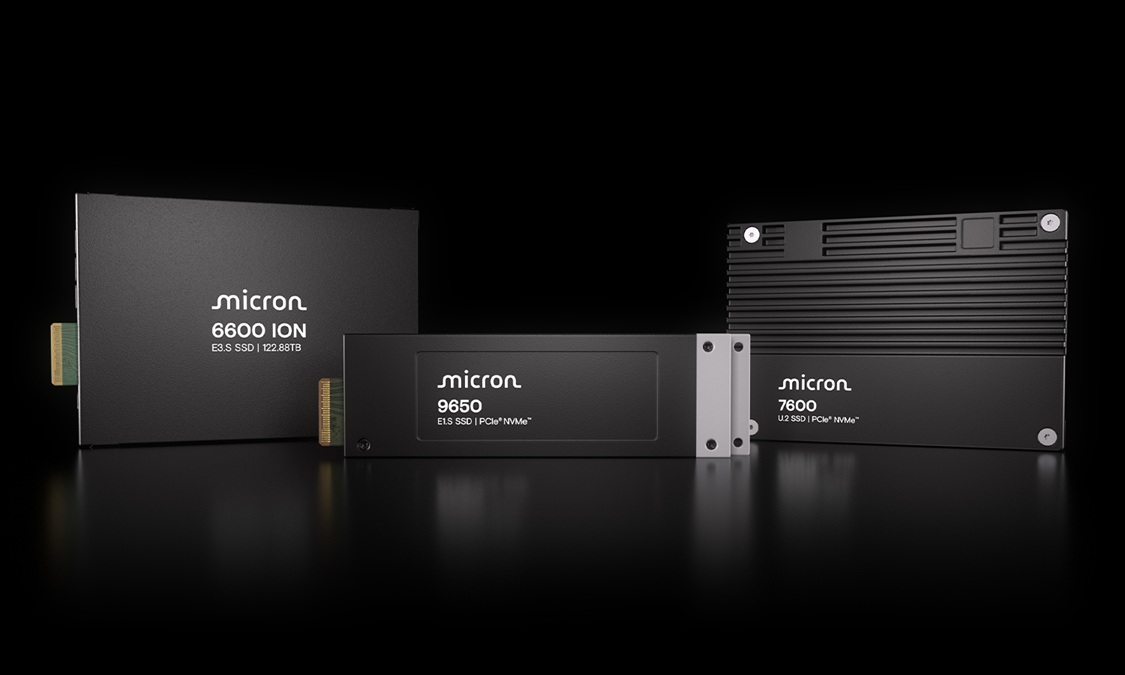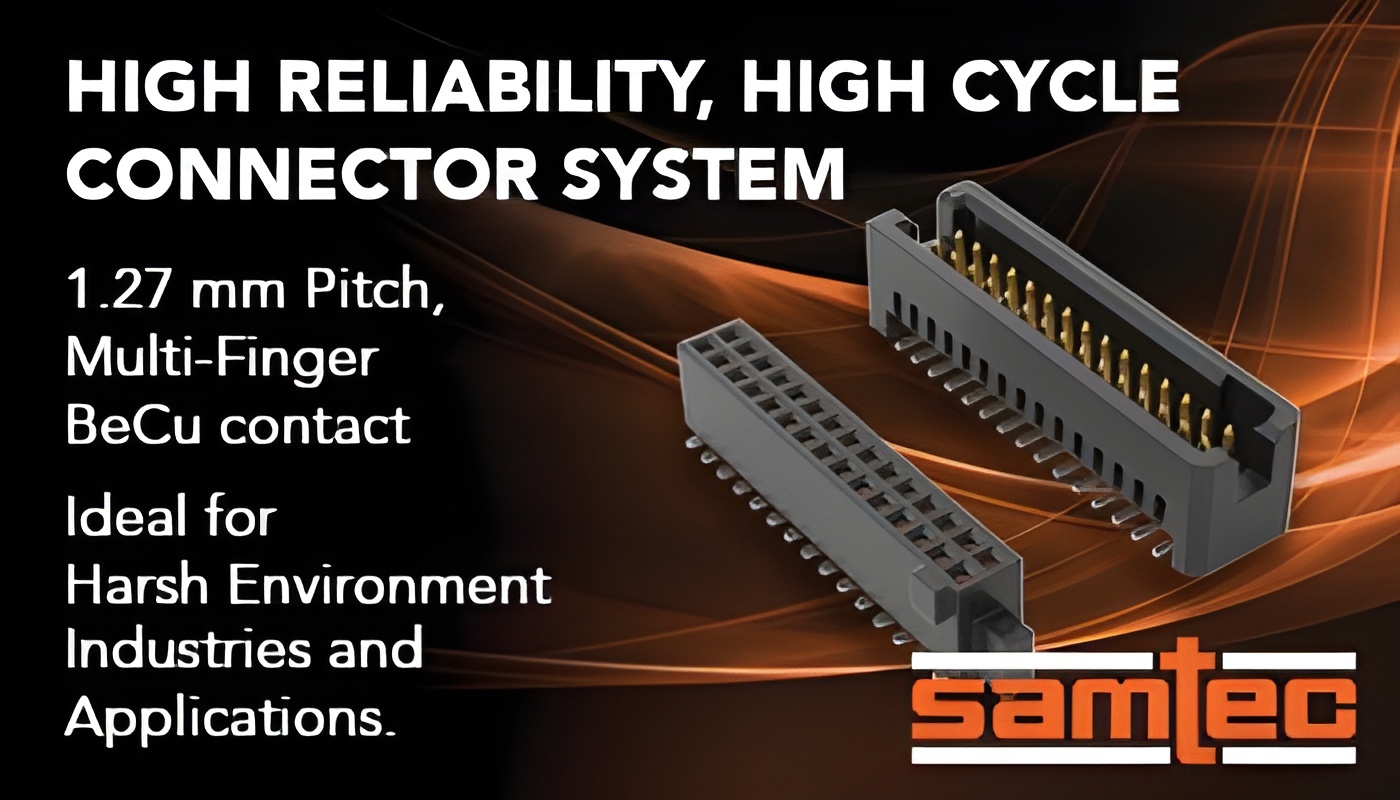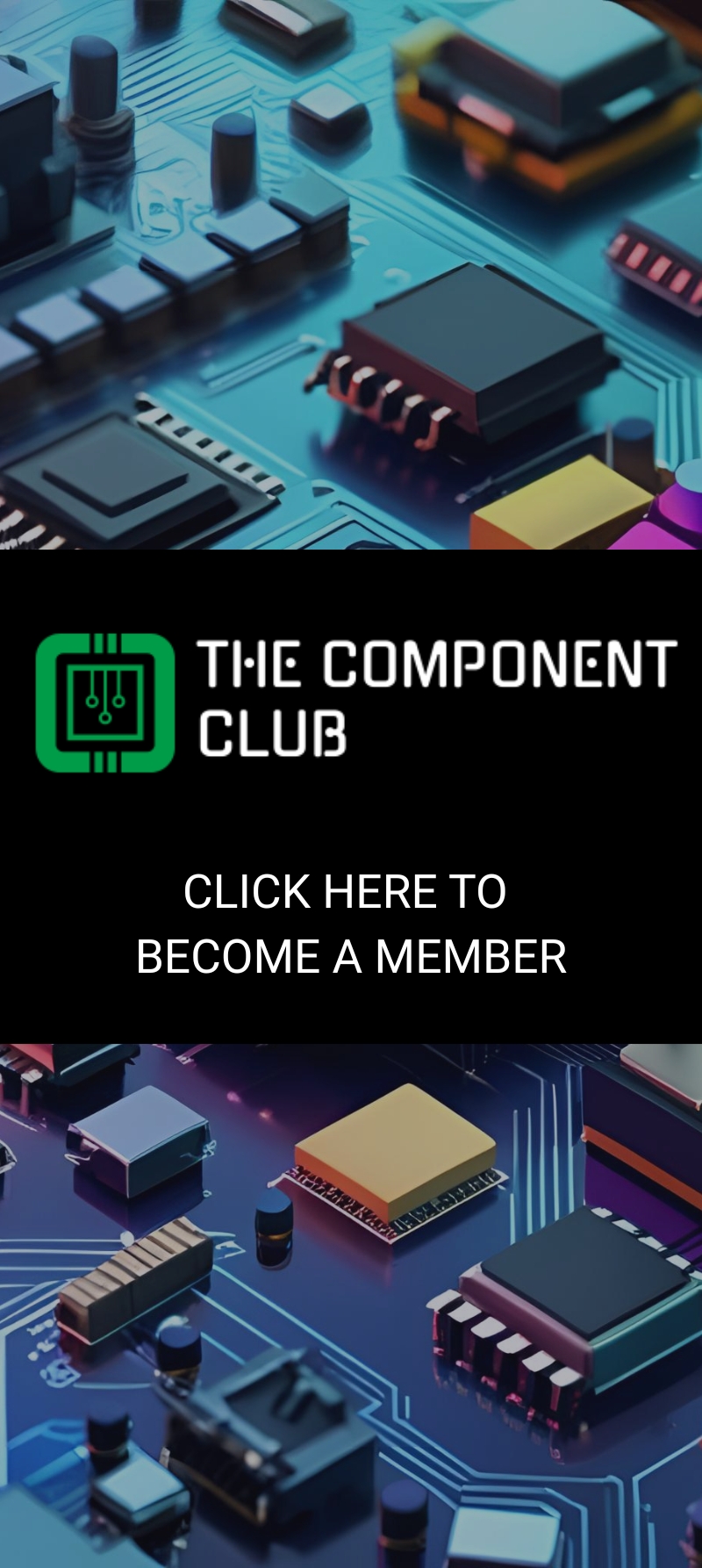

Micron just made one of the boldest moves yet in the race to support AI at scale. With the launch of its new G9 NAND-powered SSD portfolio, the company is rolling out a wave of storage innovations built for the realities of next-generation data centres: higher throughput, more density, and far tighter energy efficiency targets.
The new line includes the 9650 SSD, the world’s first PCIe Gen6 drive, the 6600 ION, which pushes storage density to a staggering 245TB per drive, and the 7600 SSD, a PCIe Gen5 model tuned for balanced performance and low-latency AI workloads. All three are built on Micron’s ninth-generation NAND and are fully vertically integrated, including the controller, firmware, DRAM, and manufacturing.
This isn’t just a spec bump. It’s a signal that Micron intends to lead the storage stack for AI, from real-time token feeds to massive inference data lakes.
At the top of the stack is the 9650 SSD, Micron’s flagship and the first PCIe Gen6 data centre SSD to hit the market. It delivers up to 28 GB/s sequential read and 5.5 million IOPS for random reads, alongside 900K IOPS for random writes. That kind of throughput isn’t just impressive, it’s built to keep GPUs from stalling during real-time inference, where delays between token requests can burn costly compute cycles.
Efficiency hasn’t been sidelined either. Compared to Gen5 SSDs, the 9650 delivers up to 25% better energy efficiency for random writes, and 67% better for reads, helping operators scale AI systems without blowing past their power and cooling budgets.
There’s also a liquid-cooled E1.S variant aimed squarely at advanced AI servers, plus support for FIPS 140-3 Level 2 and TAA compliance, critical for U.S. government contracts. Public interoperability demos with NVIDIA, Astera Labs, Broadcom, and Marvell show the groundwork is already laid for real-world deployment.
Then there’s the 6600 ION, a drive that trades raw speed for pure density. At 122TB today (with a 245TB version coming in 2026), the E3.S form factor packs more flash into less space than anything else shipping right now.
To put it in perspective: a single 122TB 6600 ION drive consumes just 1 watt per 4.9TB. That’s 37% more efficient than the three HDDs you’d need to match its capacity, while using a quarter of the space. At rack scale, we’re talking over 88PB per rack and multi-megawatt-hour savings per day when deployed at the exabyte level.
Supermicro reports the ability to hit 4.42PB in just 2U using these drives, while WEKA and others have highlighted how this density unlocks new possibilities for AI data lake architectures. The 6600 ION is also fully enterprise-hardened with robust security, including SED support and Micron’s Secure Execution Environment.
The 7600 rounds out the lineup. It’s Micron’s mainstream PCIe Gen5 drive, but its specs are anything but average. With 12 GB/s sequential reads, 7 GB/s writes, and sub-1ms latency under RocksDB workloads, it’s engineered for balanced AI inference, training, and transformation pipelines.
In real-world workloads, the 7600 delivers up to:
27% faster sequential writes
100% faster random writes
Up to 78% better energy efficiency compared to Gen5 competitors
CoreWeave, one of Micron’s high-scale deployment partners, praised the drive’s ability to keep up with large-scale AI throughput demands while maintaining predictable performance and low latency under pressure.
Micron’s vertical integration isn’t just a marketing point, it plays a real role in enabling this portfolio. With full control over NAND, controllers, firmware, and packaging, the company can fine-tune each layer for reliability, efficiency, and interoperability.
Security also gets serious attention: the drives support features like hardware root of trust, SPDM 1.2 attestation, dual-signed firmware, and CNSA 2.0, with OCP 2.6 support on the 9650 and 6600 ION, and OCP 2.5 on the 7600.
9650 (PCIe Gen6): Available now in E3.S and E1.S, with air- and liquid-cooled options
7600 (PCIe Gen5): Available now in E3.S, U.2, and E1.S
6600 ION (122TB): Shipping later in Q3 2025
6600 ION (245TB): Expected H1 2026
Micron will showcase all three SSDs at FMS 2025 (Booth #107) alongside their HBM4, SOCAMM, and LPDDR5 memory offerings. A keynote from SVP Jeremy Werner will dive deeper into the portfolio’s role in shaping AI infrastructure.
This launch isn’t just about capacity or speed; it’s about building storage that matches the scale, complexity, and urgency of AI workloads. From real-time inference with PCIe Gen6 to massive exabyte-scale data lakes on flash, Micron is planting its flag across the entire spectrum of AI storage infrastructure.
Learn more and read the original press release here.

